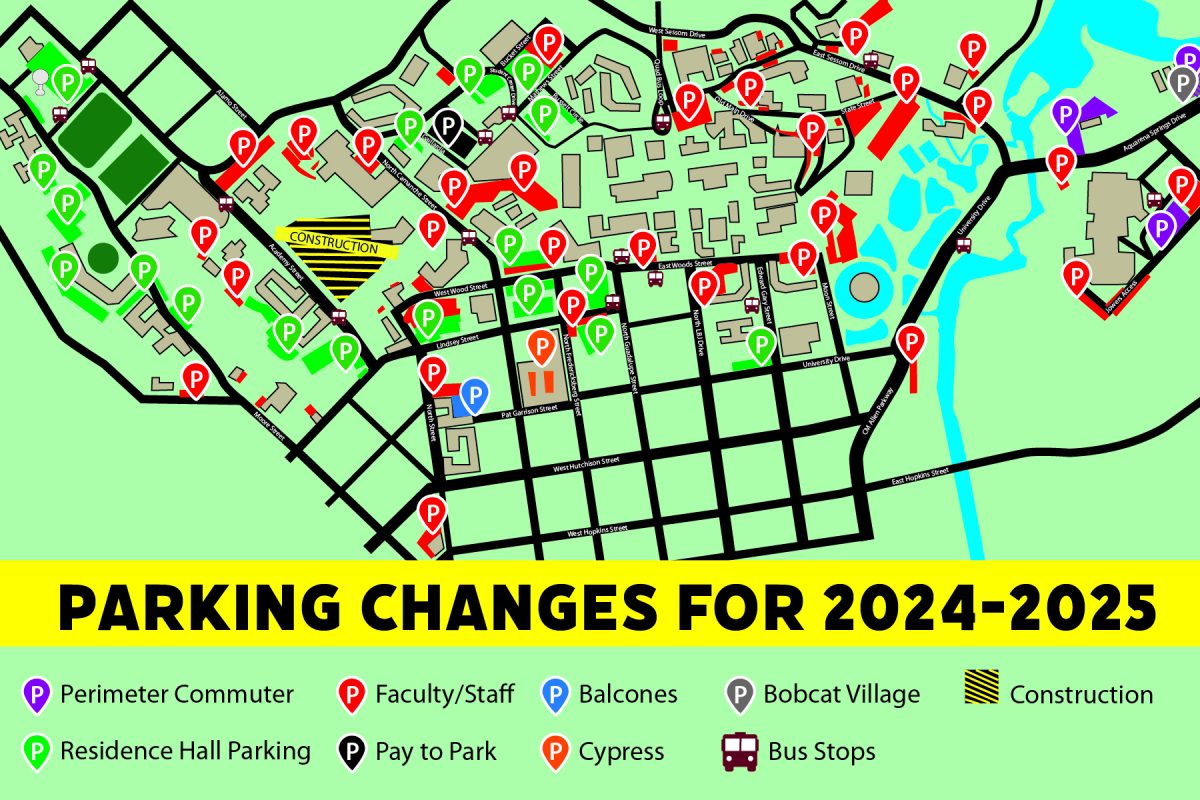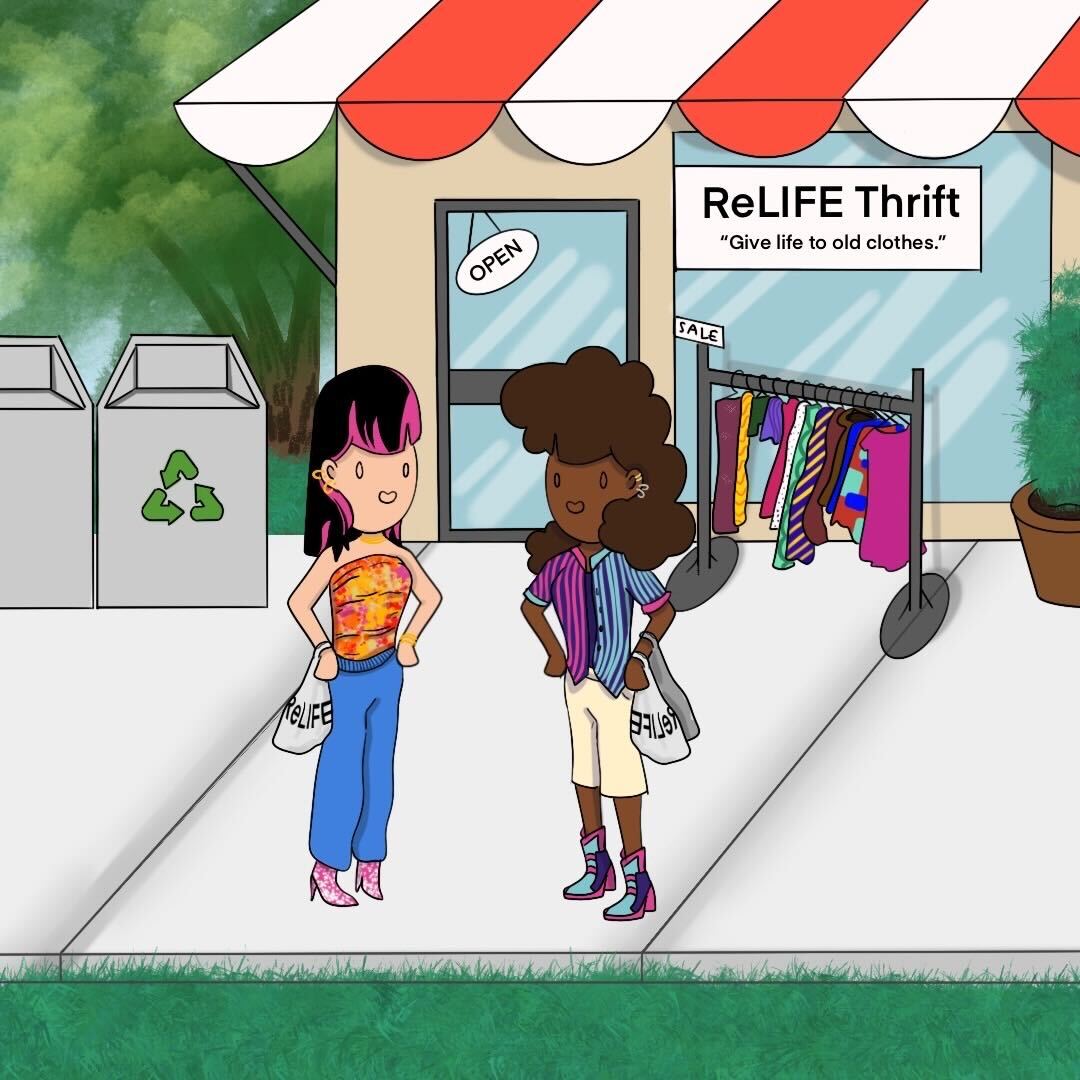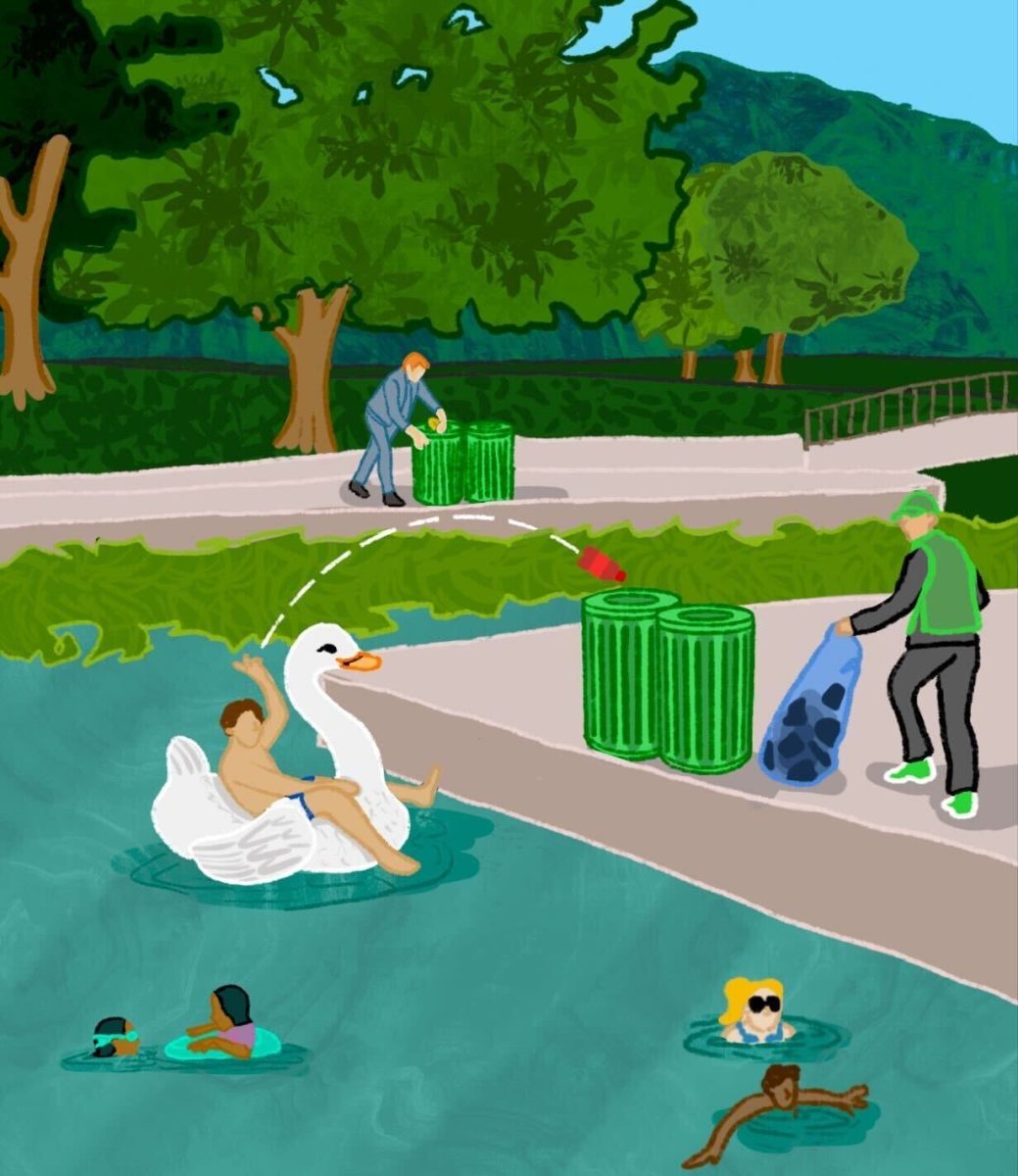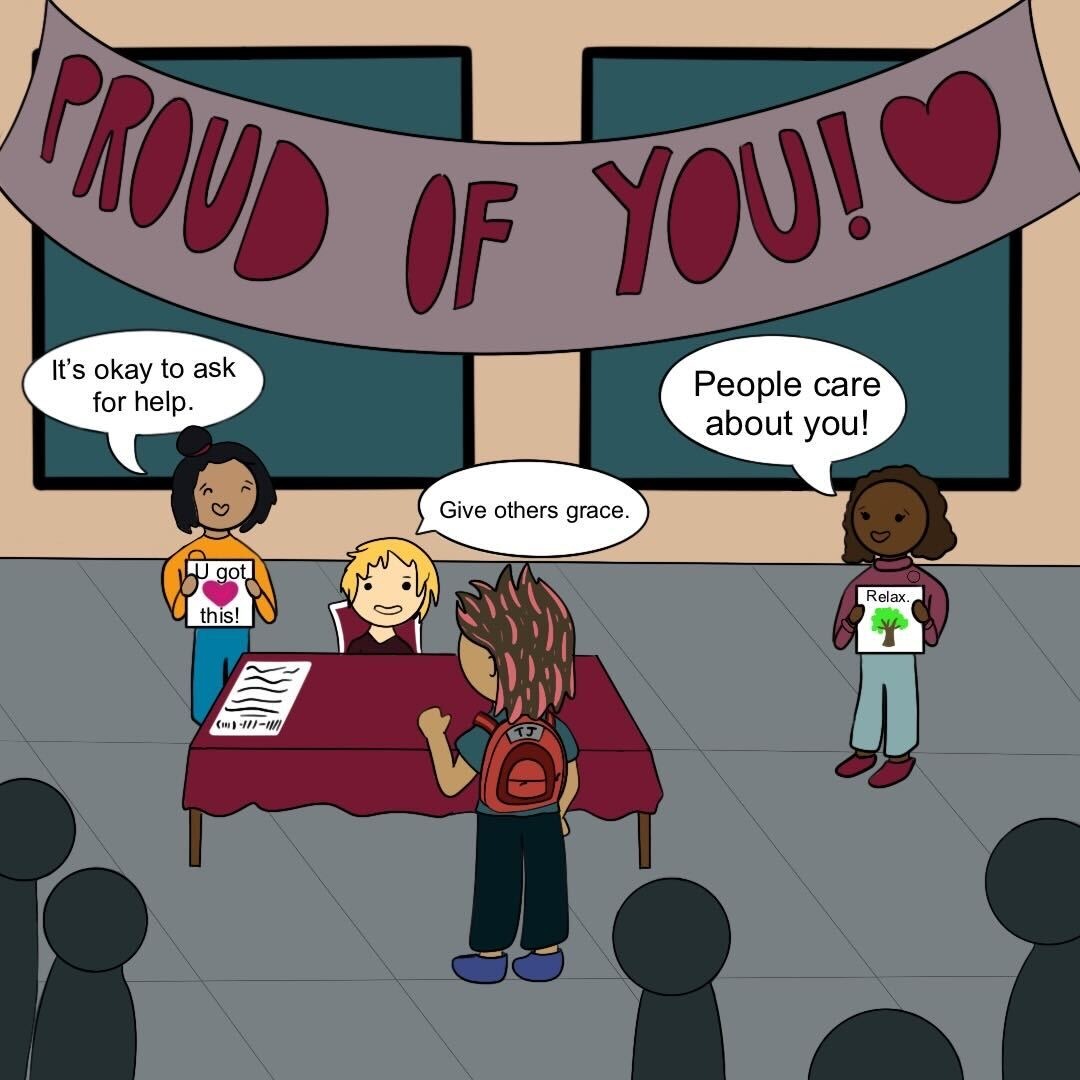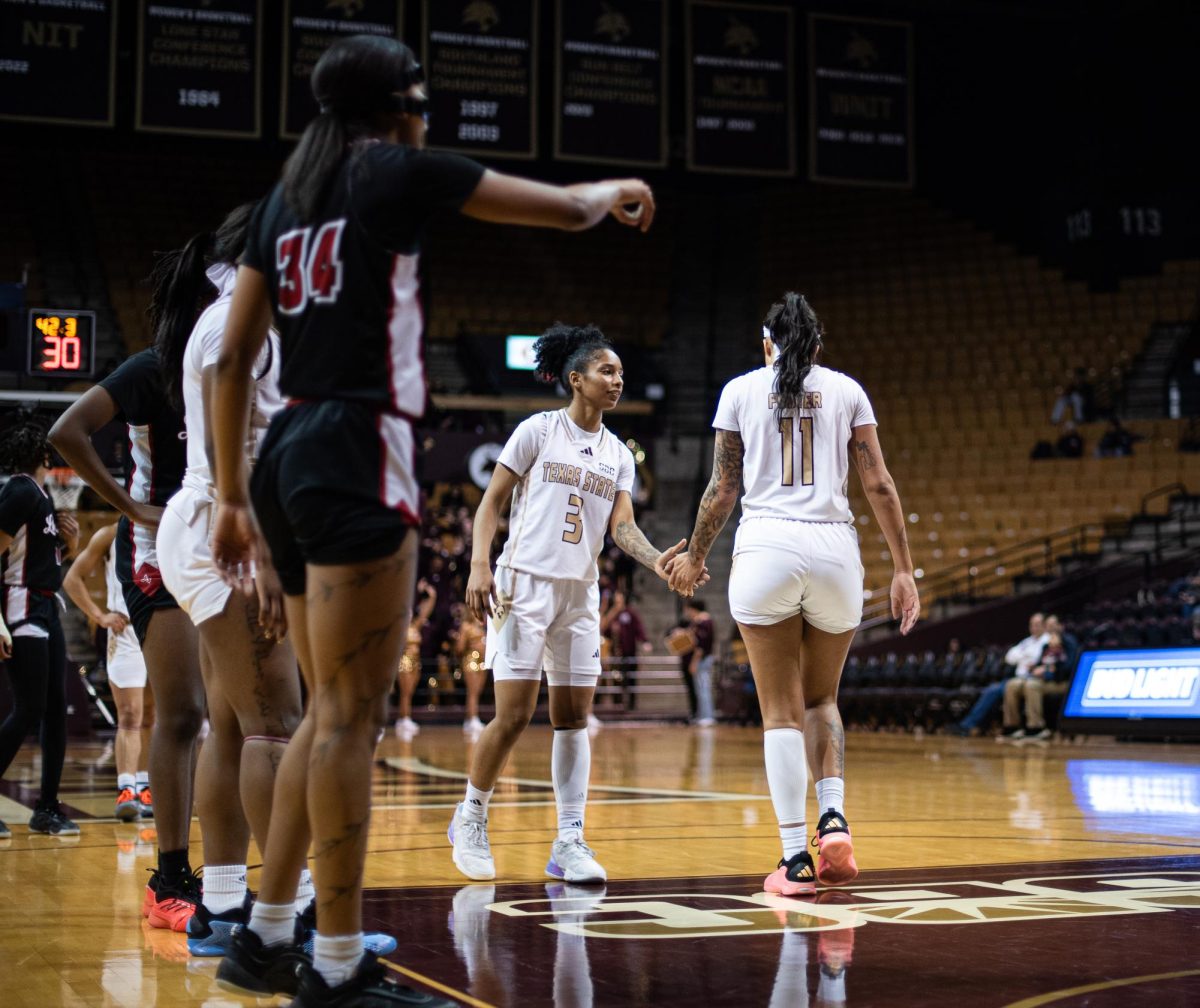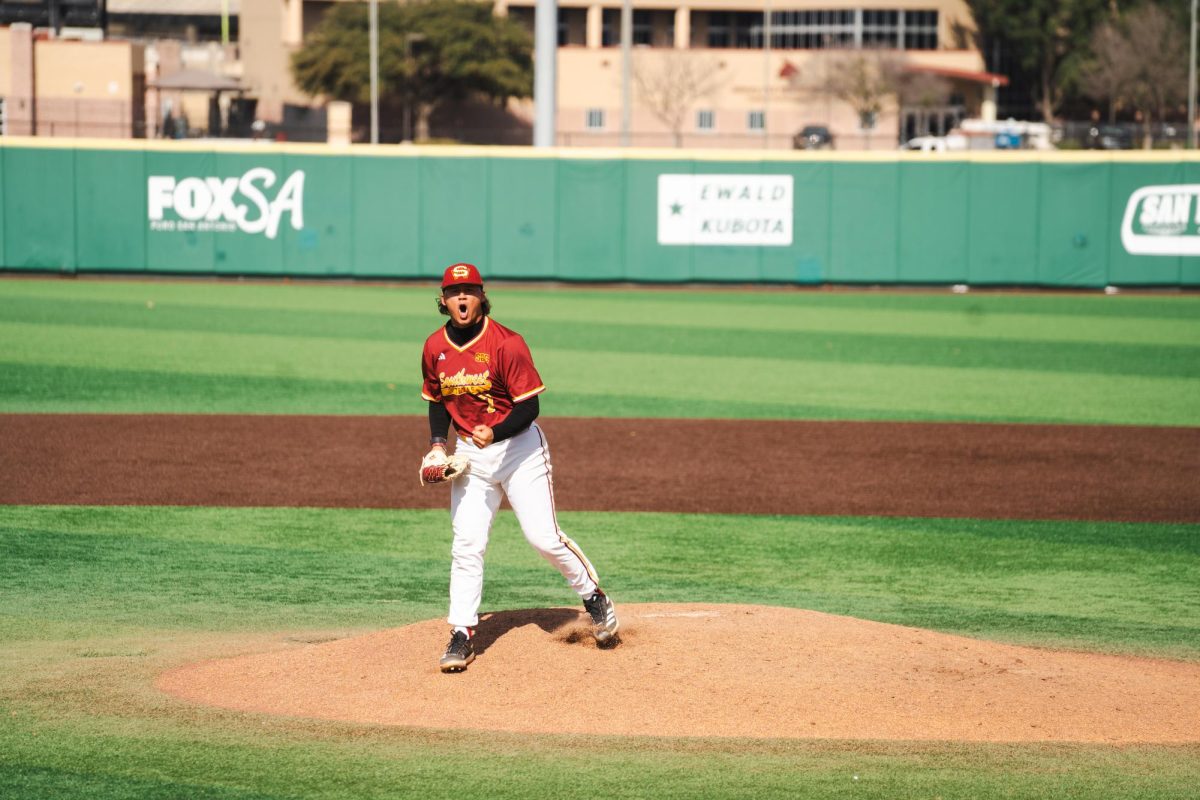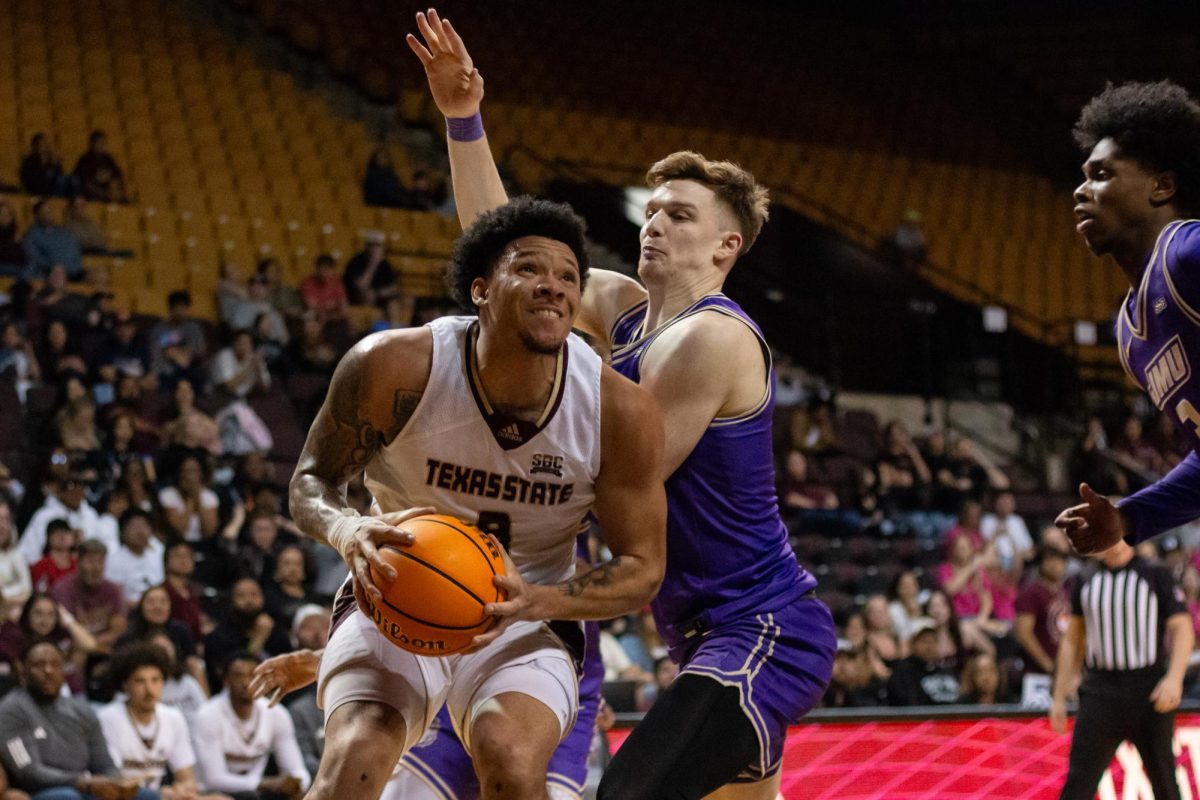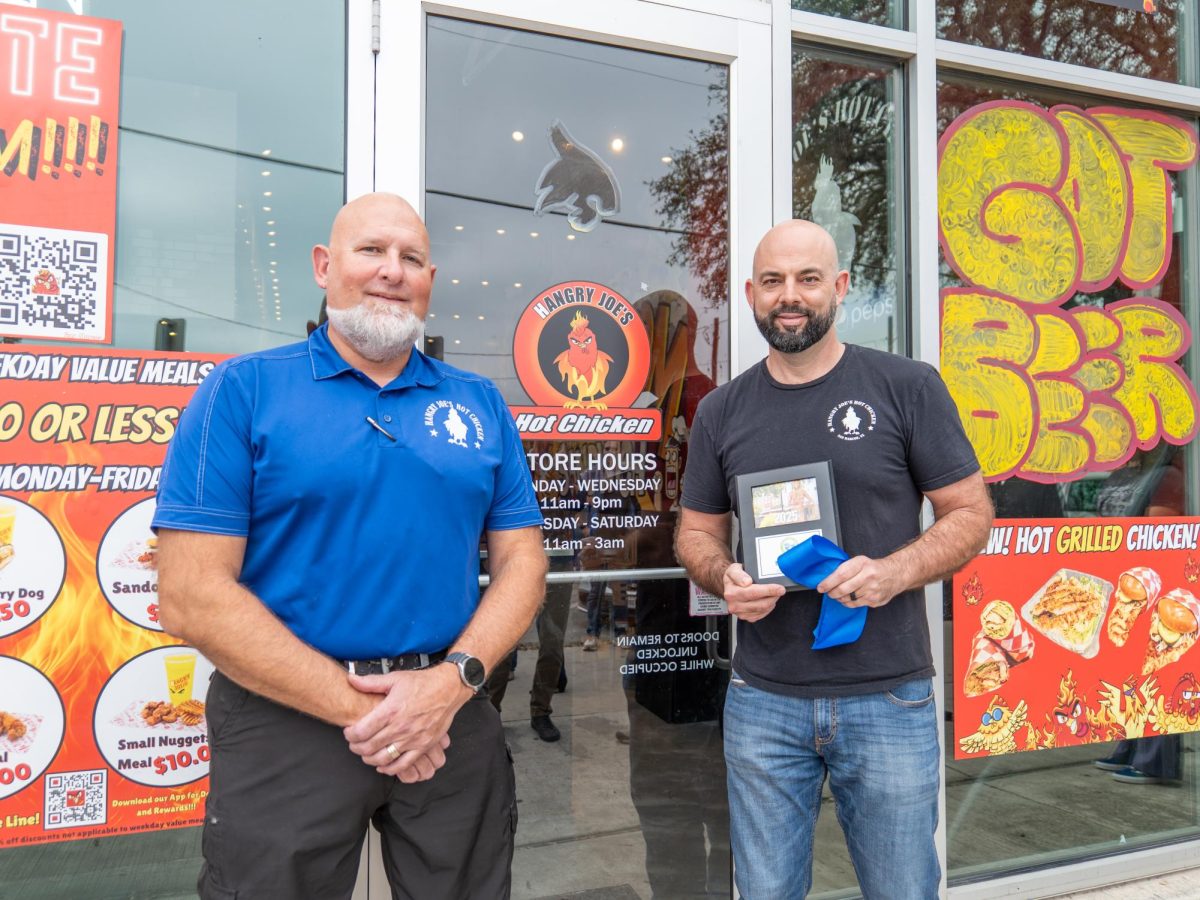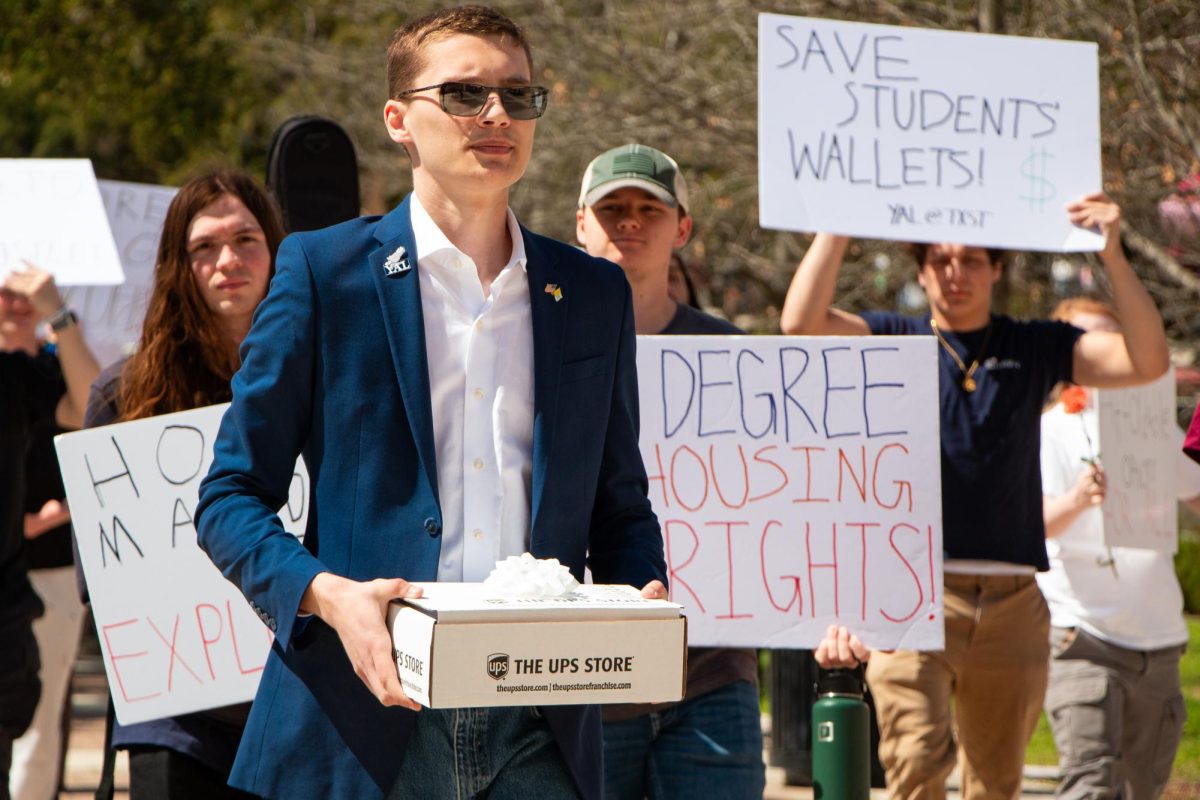Editor’s Note: The University Star incorrectly stated the bus schedule times in the print edition of this column on Tuesday, Aug. 27, 2024. The correct times are reflected in the online version of the story.
Expanded green parking makes campus more safe and accessible
Tension around parking has risen since Speck Garage was rezoned from hosting commuter and residential permits, to solely residential vehicles. Although the change might seem inconvenient, it offers a slew of benefits.
Overall, Speck converting to a green permit garage will promote the safety and welfare of students.
One of the main issues is students are often unable to locate a parking lot or garage proximal to their desired location. According to the 2024-25 parking map found on the Parking Services website, there are 14 areas where students with a green pass are able to park. Yet, this does not guarantee these green spaces are placed equally across campus.
Jenna Winslow, a music education senior, said when she had a green permit, finding a parking spot on west campus was more challenging than finding one on central campus.
“80% of the time I can not find a parking spot, no matter what time of day,” Winslow said. “I’ve spent 30 minutes in Speck before, driving around waiting for someone to leave, so I can take the parking spot.”
As a result of the locations of the garages, students might find it inconvenient or even unsafe to park in a green garage that is a far walk from their desired location.
“I was always frightened when I had to park far away from my dorm,” Winslow said. “We shouldn’t have to be walking in the dark alone with a bunch of stuff, especially being a freshman on campus.”
Although there are safety escorts offered through the University Police Department at night, students may still be forced to walk long distances while carrying heavy items like groceries or luggage during the day.
Hopefully, due to the new changes in Speck Garage, there will be less parking violations. Although Parking Services states, “the lack of a space never justifies parking illegally,” on their website, cars will park illegally alongside the road or in handicap spots, making the Texas State campus less safe and accessible.
Although it might seem that due to the movement of commuter spaces, more illegal parking will occur, this would not be a reasonable comparison as students with green passes would spend more time on campus since they would not drive back to an apartment or home.
Each year, the Texas State freshman class continues to grow. Last years freshmen class was around 7,900 students. No matter what parking pass students get, more parking would be beneficial.
Overall, the tension that has risen due to the change in the commuter parking zones overshadows the true opportunity. Texas State students benefit from more accessible parking spots across campus and the changes in green passes are a step in the right direction.
-Madison Green is an advertising and psychology senior
TXST must resolve its unfavorable parking pass system
The recent changes made to Texas State parking, including moving all commuter parking to the perimeter of campus, proves the university must be more conscious about accommodating all students.
In an email sent to students on July 24, Texas State Parking Services informed commuters they will only be able to park east of the river, roughly a twenty-minute walk from the Quad. The Speck Garage, which once housed purple permit parking, is now exclusively a green pass area.
Parking must be more inclusive to commuters as they heavily contribute to the student population and these changes offer unfavorable conditions.
The new parking zones only allow commuters to park on the perimeter of campus, which means finding a parking space and getting to class on time will become an even greater obstacle.Although students can take the shuttle, they will still have to wait in the heat outside for shuttles that often run late.
Natalie Munoz, a psychology senior, said the new changes are a step in the wrong direction and Bobcat Shuttles are often not much help.
The shuttle system runs Monday through Thursday from 7 a.m. to 6:30 p.m. and Friday from 7 a.m. to 5:30 p.m. There are also night routes that run until 10:30 p.m. Monday through Thursday. However, many students often stay on campus late for activities or to study, meaning they are not able to take the shuttle back to the stadium.
“[The shuttle system] is pretty good but can get backed up,” Munoz said. “It has its good days and it has its bad. It can be inconsistent and has made me late to class before. Texas State needs to allow commuters to have closer parking.”
Another primary concern about the parking changes is safety of students who have classes late at night and have to walk about one mile on the edge of campus. Now that all commuters will be parking far from campus, it is essential students are educated on the resources they can use to stay safe.
Police Chief at the University Police Department (UPD), Matthew Carmichael, said the university offers several safe ways to transport students at any time of day or night. These options are overseen by UPD.
“Any [Texas State] student in the city of San Marcos can call for an emergency safe ride,” Carmichael said. “That’s on top of the safe ride services we’re already providing in partnership with student government.”
NiteCats was joined with emergency safe rides on campus and is now called Bobcat Safe Rides, which is accessible to students by calling 512-245-1689, requesting a ride and presenting a Bobcat ID at the time of pick-up.
Despite the safety measures students can take to accommodate the new parking zones, this system still proves to be inconvenient. For the sake of students, specifically commuters, the university must change the noninclusive parking zones.
-Emma Hall is a journalism junior
The University Star welcomes Letters to the Editor from its readers. All submissions are reviewed and considered by the Editor in Chief and Opinions Editor for publication. Not all letters are guaranteed for publication.


